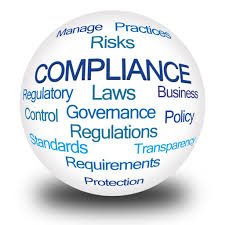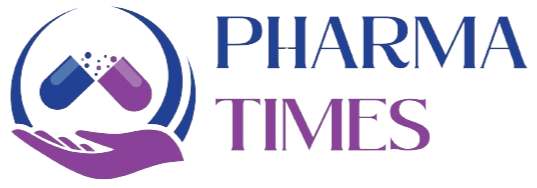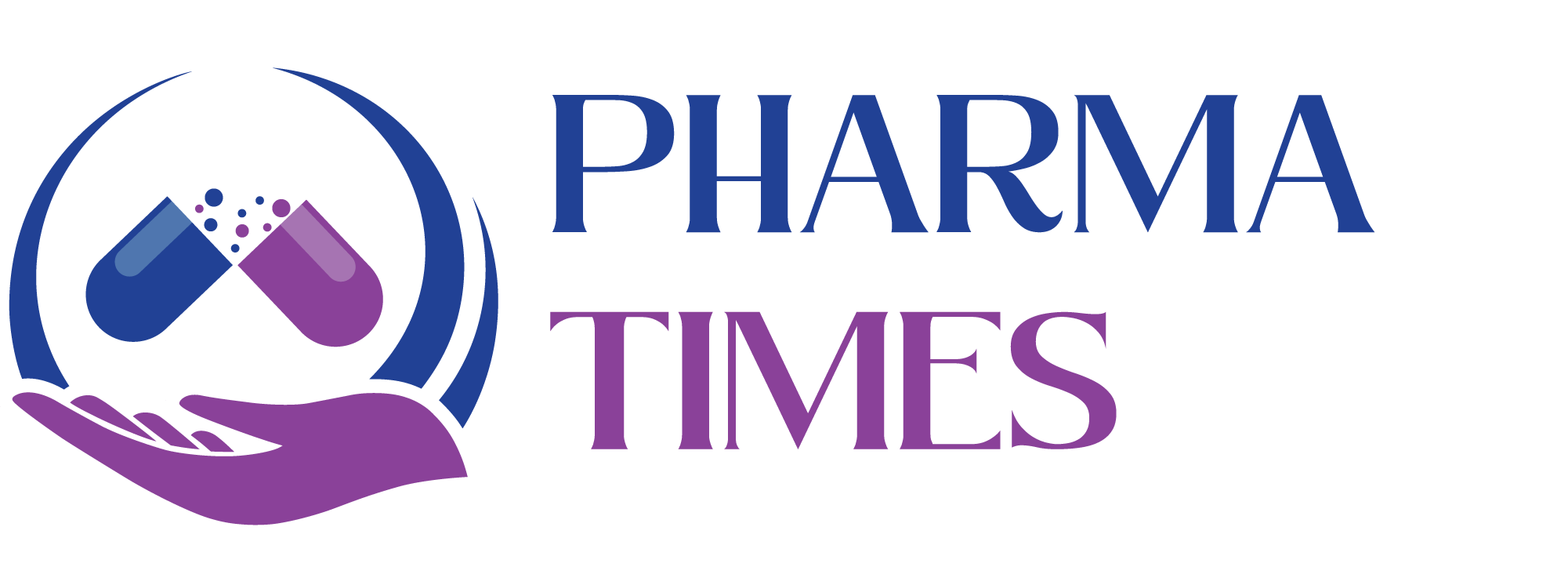10 Step Guide to cGMP Certification

10 Step Guide to cGMP Certification
cGMP (Current Good Manufacturing Practices) certification demonstrates that a company’s facilities, processes, and quality systems comply with international regulatory standards (FDA, EMA, WHO, PIC/S). It assures product quality, patient safety, and regulatory compliance.
1. Understand Regulatory Requirements
-
Review applicable GMP regulations: USFDA (21 CFR Parts 210 & 211), EU GMP, WHO TRS, ICH guidelines.
-
Identify country-specific requirements (e.g., Schedule M in India, PIC/S in ASEAN).
2. Conduct a Gap Assessment
-
Perform an internal audit of your facility, equipment, documentation, and QMS.
-
Benchmark against cGMP standards to identify gaps.
3. Develop a Quality Management System (QMS)
-
Establish SOPs, policies, and procedures covering production, QC, QA, training, validation, deviation handling, and CAPA.
-
Ensure system aligns with ICH Q10 Pharmaceutical Quality System.
4. Upgrade Facility & Equipment (if needed)
-
Ensure premises, utilities (HVAC, water, cleanrooms), and equipment are GMP-compliant.
-
Qualify equipment (IQ, OQ, PQ) and validate critical systems.
5. Implement Data Integrity Controls
-
Apply ALCOA+ principles to all records.
-
Ensure electronic systems have audit trails, controlled access, and validated software.
6. Train Personnel in cGMP
-
Develop role-specific training programs.
-
Maintain training records and evaluate effectiveness through assessments.
7. Conduct Mock Audits
-
Engage internal QA or external consultants to perform mock inspections.
-
Address deficiencies before the regulatory or certification audit.
8. Prepare Documentation
-
Compile SOPs, BMRs, cleaning validation reports, calibration logs, qualification documents, and training records.
-
Ensure documents are organized, controlled, and audit-ready.
9. Apply for Certification
-
Select the relevant certifying authority (e.g., WHO, USFDA, EMA, PIC/S, or local regulatory body).
-
Submit application with required dossiers and fees.
10. Undergo Regulatory/Certification Audit
-
Inspectors will review documentation, interview staff, and inspect facilities.
-
Address observations with timely CAPA.
-
On successful closure of deficiencies, certification will be granted.
✅ Summary
Achieving cGMP certification requires a holistic approach: strong QMS, trained staff, validated systems, data integrity, and audit readiness. Beyond certification, maintaining continuous compliance is critical for global market access.
🎓 Discover one of the best Complete Pharmaceutical Quality Assurance Course available —click below to explore the course that’s shaping future in QA Course skills.

